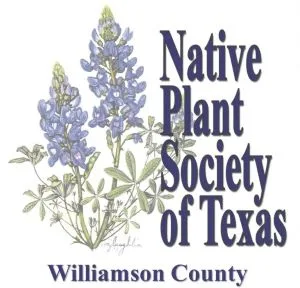

Join NPSOT-Williamson County on Thursday, June 8, 2023, when our featured topic will be Living Soil: The World Beneath Our Feet with Jim Williams. Free and open to the public. Attend via Zoom or in-person. The meeting begins at 7:00 PM. Our guest speaker’s presentation follows a short business meeting.
About our topic: Most of the living organisms of Earth reside in the soil and support the life that exists on the surface. This living community existed for millions of years before plants and animals appeared on land and provides the supporting structure for life on Earth. In this talk we will explore the structure of our soil, the diverse life within it and how it works to benefit our environment.
About our speaker: Jim Williams is a retired physician, life-long gardener and a Williamson County Master Gardener where he manages the demonstration gardens. He graduated in 1979 from UT-El Paso where he majored in Microbiology and Chemistry. Jim was active in undergraduate research in soil microbiology cataloging the microflora of West Texas, Southern New Mexico and Northern Mexico. For the past six years he has resumed his soil studies and he applies this to the demonstration gardens where the Master Gardeners practice no-till regenerative gardening.
Find additional details (and verify this month’s in-person location) in our meeting announcement post on Williamson County Chapter’s blog page.